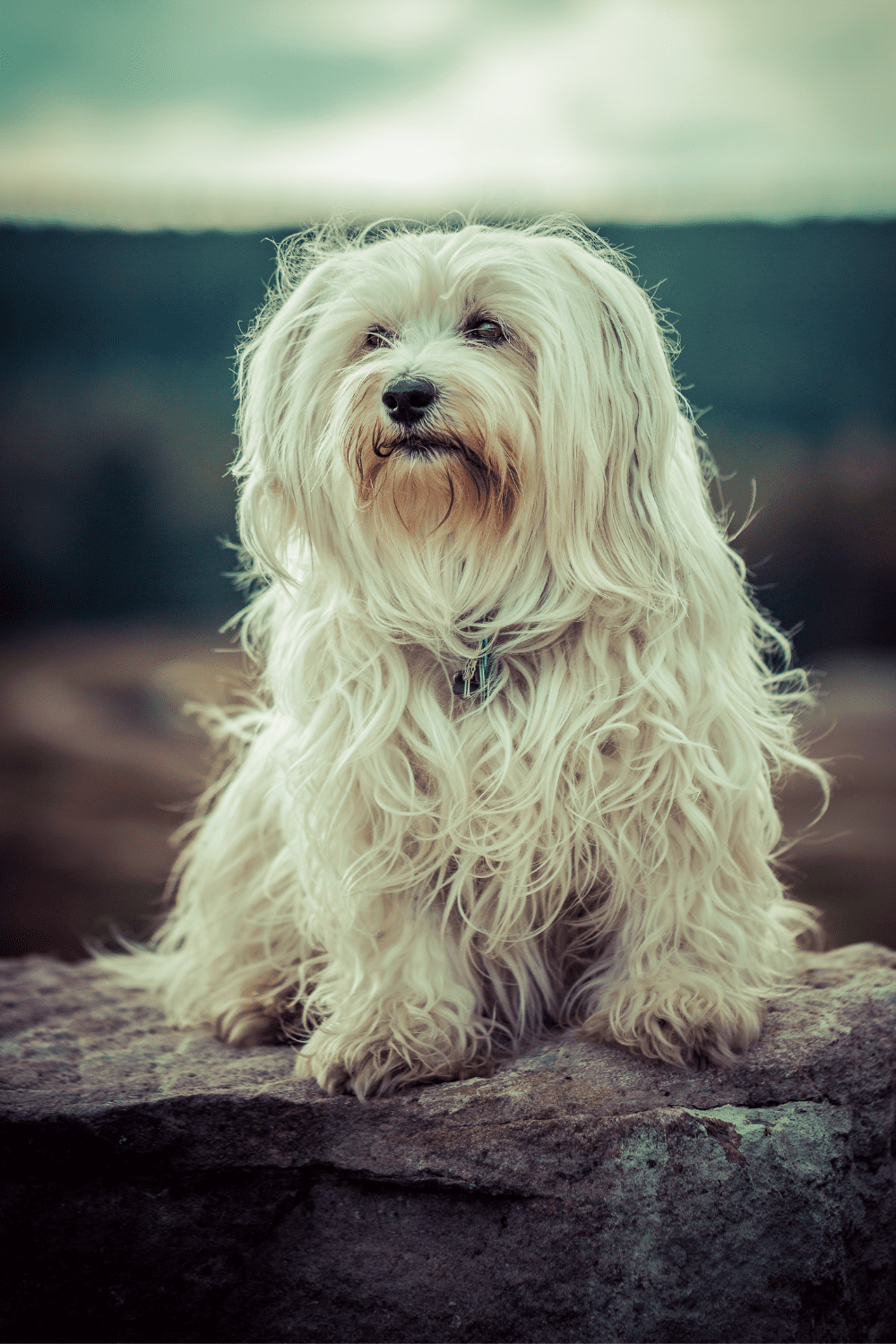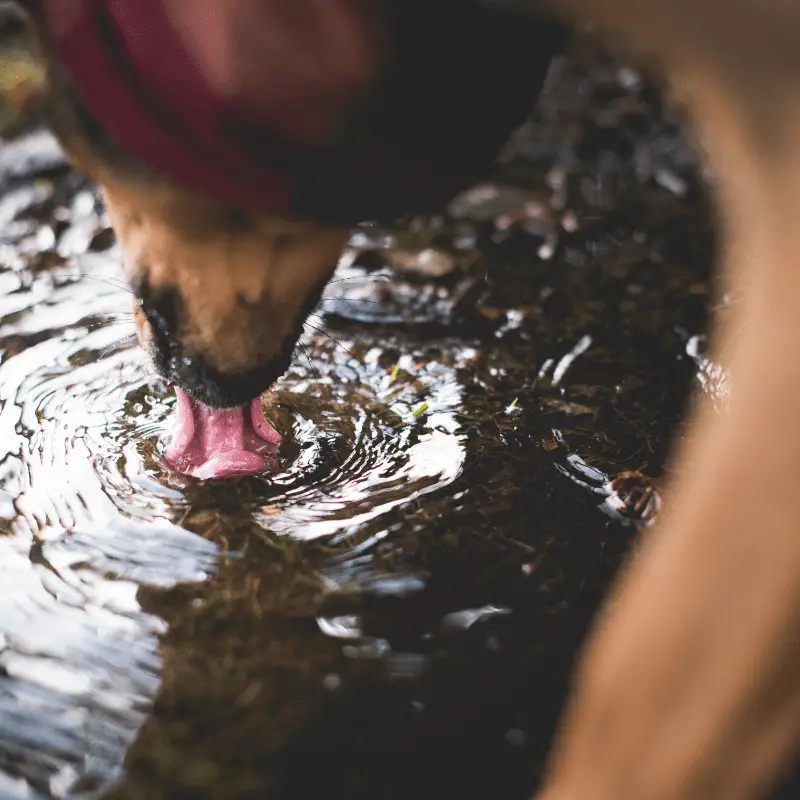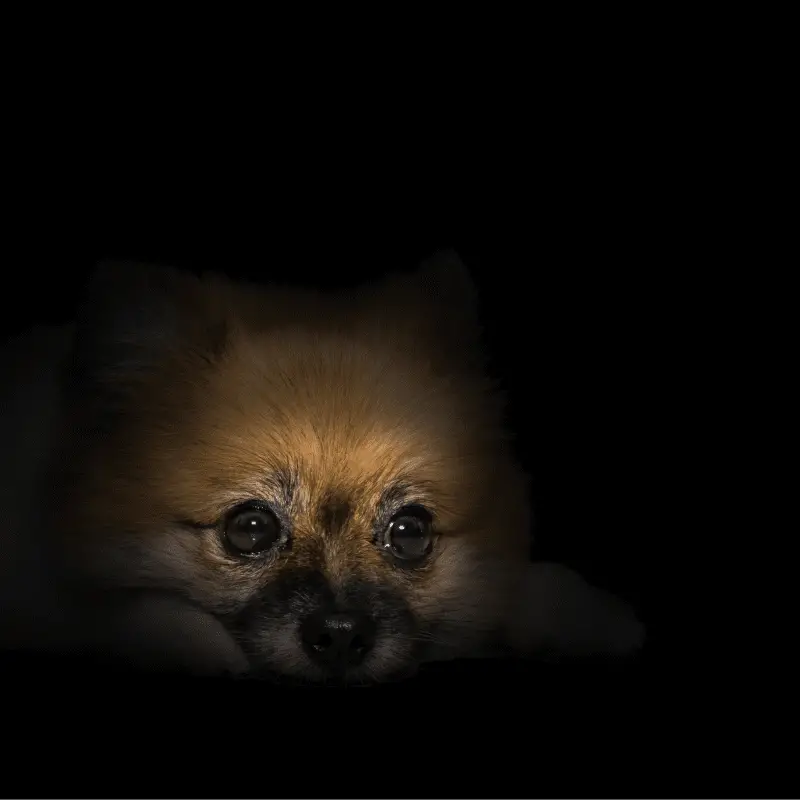Have you ever noticed the eye colour of your pet dog? Most probably, your dog has brown eyes. The interesting fact is that your dog is not the only one. When it comes to eye colour, you cannot find much variety among dogs. Unlike their human companions, most of the dogs have brown eyes of various shades. However, there are some dogs, like the Siberian Huskies, that come with blue eyes. Even among the other animals, except some bird species and cats, brown eyes are the most common factor that you can notice. Now the question is why that happens. With dogs of so many coat colours, sizes, and shapes, it is a bit odd that their eye colour range is so limited.
The genetic factor is the biggest reason why dogs develop brown eyes. Other than that, melanin percentages, coat colour, age all play significant roles in developing the brown eye shade among your pet dog.
The Genetic Factor
When it comes to finding out the determining factor of eye colours, we need to discuss the rule of the genes. Like their human companions, the eye colour of the dogs is also majorly affected by the genes. For example, if a dog breed has a long history of brown eyes, the chances are new puppies will develop brown eyes as well.
In some instances, some dogs develop the merle gene, which is a dilution gene. Thanks to the merle gene, dogs often develop a variety of iris colours. However, developing the merle gene is very rare among dogs.
Melanin Factor
Other than the genes, melanin also plays a significant role in determining the eye colour of a dog. The coloured part of the eyes of a dog that engulfs the pupil is known as the iris. Depending on melanins, the pigmentation found in the iris of the dogs varies significantly from one dog to the next.
Most dogs develop a higher percentage of melanin in their eyes. It is the melanin that is responsible for their brown eye colour in the first place. The higher the rate of melanin a dog has, the darker brown its eyes will be. The funny thing is that the eye colour of the dogs tends to be dependent on the percentage of melanin in their eyes. For example, dogs with less melanin percentage in their irises tend to develop pink skin and white coats.
Age Factor
Age also plays a determining role in the brown shade of the eye colour of your pet. So, even if your puppies have blue-coloured eyes at two months of age, you should not consider that as their permanent eye colour. The reason is that melanin production does not start right at birth. As the puppies age, their eye colour begins to change. The permanent eye colour starts to show up when the puppies are about two months of age. By this time, most of the puppies will develop brown eyes. If your puppy has blue eyes even after two months of age, you can say that it will be your pet’s permanent eye colour.
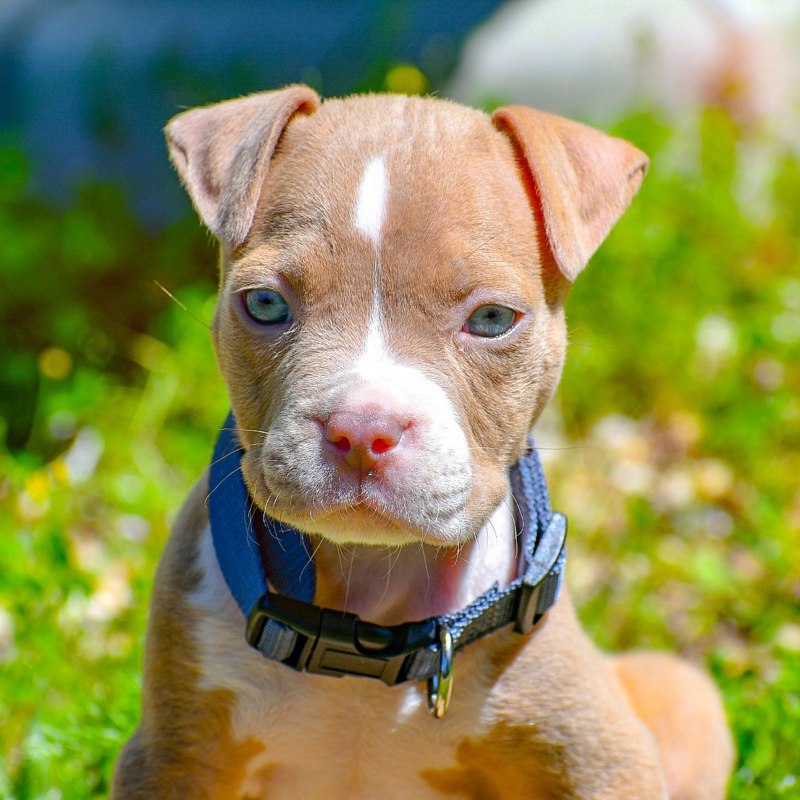
The Effect of the Coat Colour
One interesting factor is that you can find certain eye colours in dogs with some specific coat colours. For example, all the dogs with liver genes have amber eyes. The amber eye colour can range from yellow to light brown. You can find dogs with amber eye colour in the breeds that have a blue coat. Amber eyes can also be found in dogs with black pigment.
Are some breeds more likely to have brown eyes?
There is no doubt that most of the dogs come with brown eyes. However, some of the breeds tend to have more chances of developing brown eyes than others.
Brown eyes are the most common among these breeds
- Beagle
- French Bulldog
- German Shepherd
- Golden Retriever
- Jack Russell Terrier
- Labrador
- Pomeranian
- Poodle

Beagle 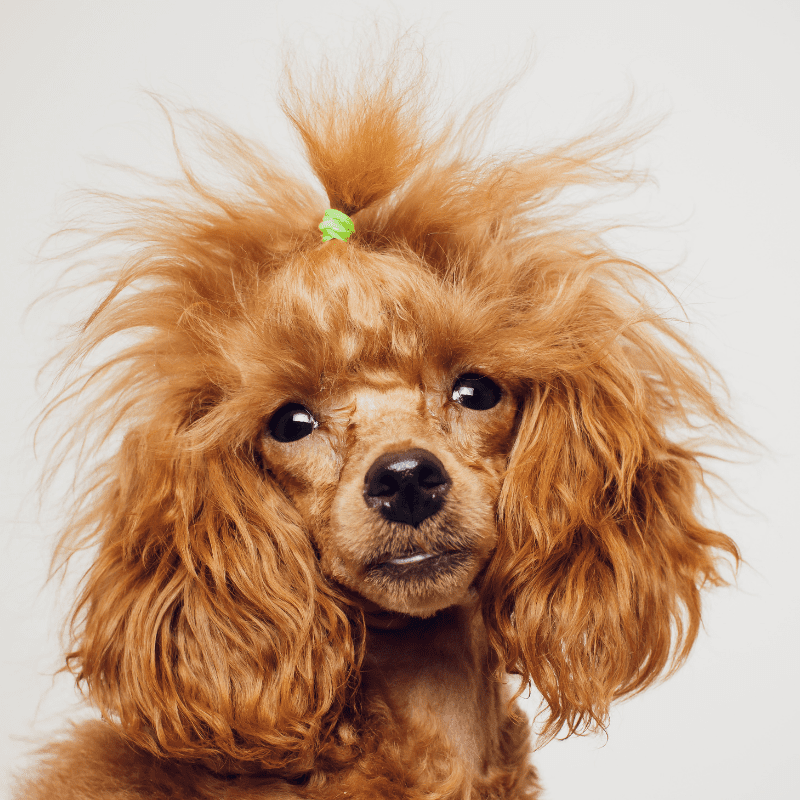
French Bulldog 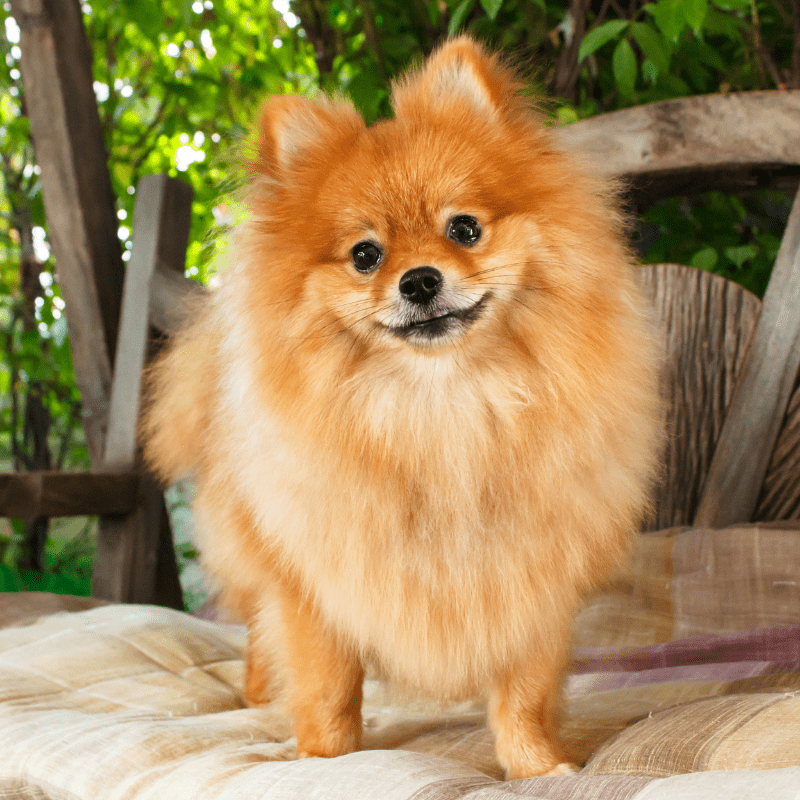
Pomeranian 
Labrador 
Jack Russell Terrier 
Golden Retriever 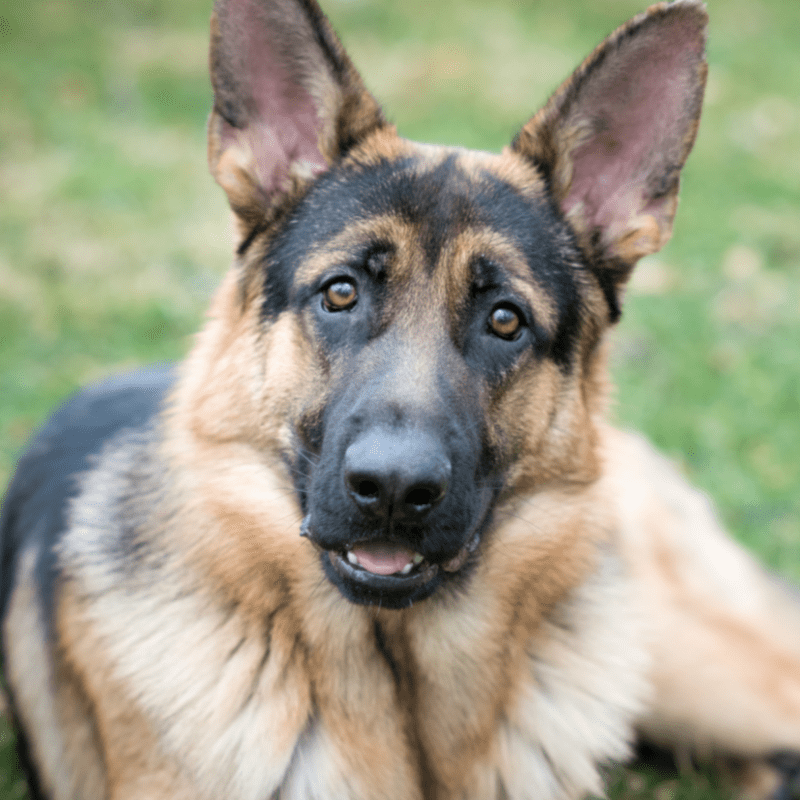
German Shepherd 
French Bulldog
Can dogs eye colour change from brown to another colour?
The short answer to this question is no. If the eye colour of your dog changes after it is more than two months old, you should consult a veterinarian immediately.
After being born, the eyes of the puppy stay shut for about two weeks. During this time, it is difficult to determine the eye colour of the puppy. Somewhere around the second week of their birth, the puppies start to open their eyes. During this time, you will notice that the puppies have bluish eyes. The shade of blue varies depending on the breed of the puppy. Some of the puppies can have greyish eyes as well. However, albino dogs are born with red, pink, or white eye colours.
When the puppies are about one month old, you will notice changes in their eye colour. All puppies have lighter shades of eyes during this time due to the lack of melanin. As they keep on growing, their eyes become darker thanks to melanin production. The transition is slower and can take after 12 weeks to complete.
Blue Eyes Means Less
The blue eye colour of dogs is not a colour. It indicates the lack of colour. The blue colour you see in your dog’s eyes is nothing but a reflection of light. If your puppy keeps on showcasing blue eyes even after two months of age, it denotes, there is no melanin production in their eyes.
Albino

The albino dogs are the exception to this rule as they tend to have white, red, or pink eyes. While the red or pink colours are created due to the reflection of the blood enriched capillaries, the white eyes are the results of the light reflection.
Blue eyes are the most common among these breeds
- Australian Shepherd
- Cardigan Welsh Corgi
- Catahoula Leopard Dog
- Dalmatian
- Great Dane
- Shetland Sheepdog
- Siberian Husky
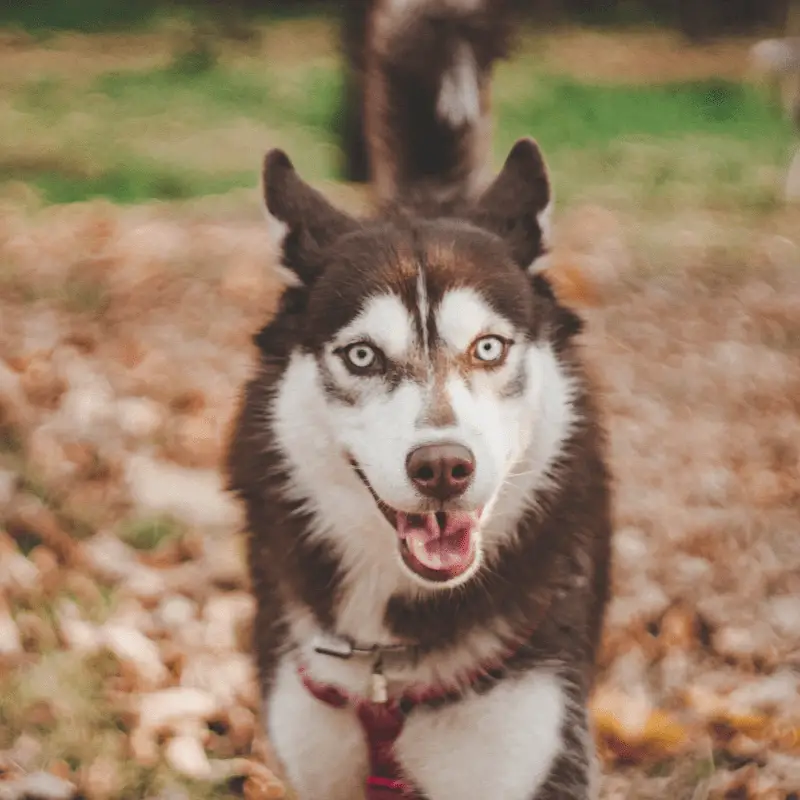
Siberian Husky 
Shetland Sheepdog 
Great Dane 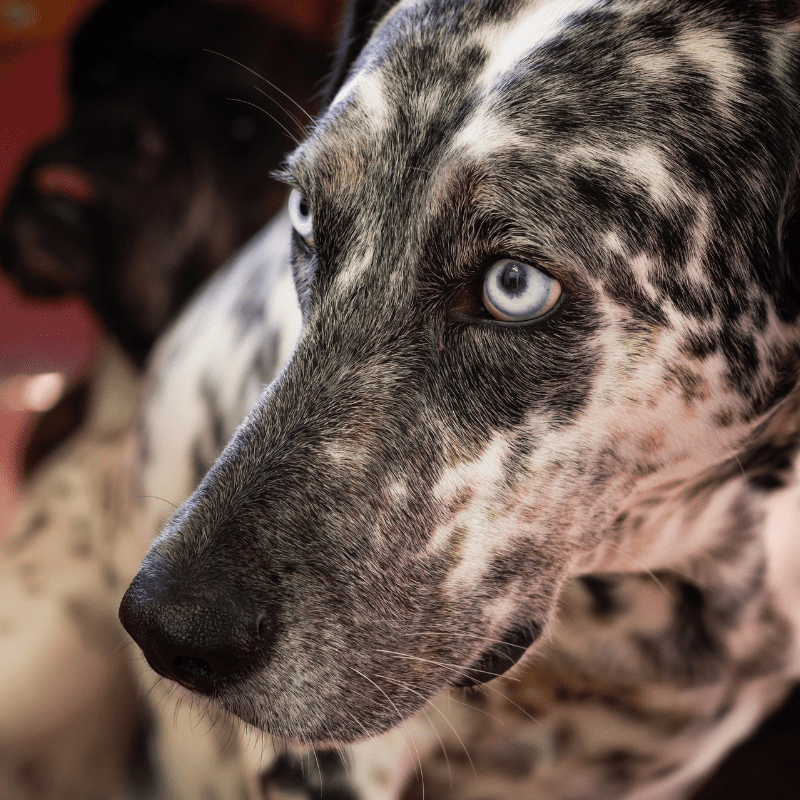
Dalmatian 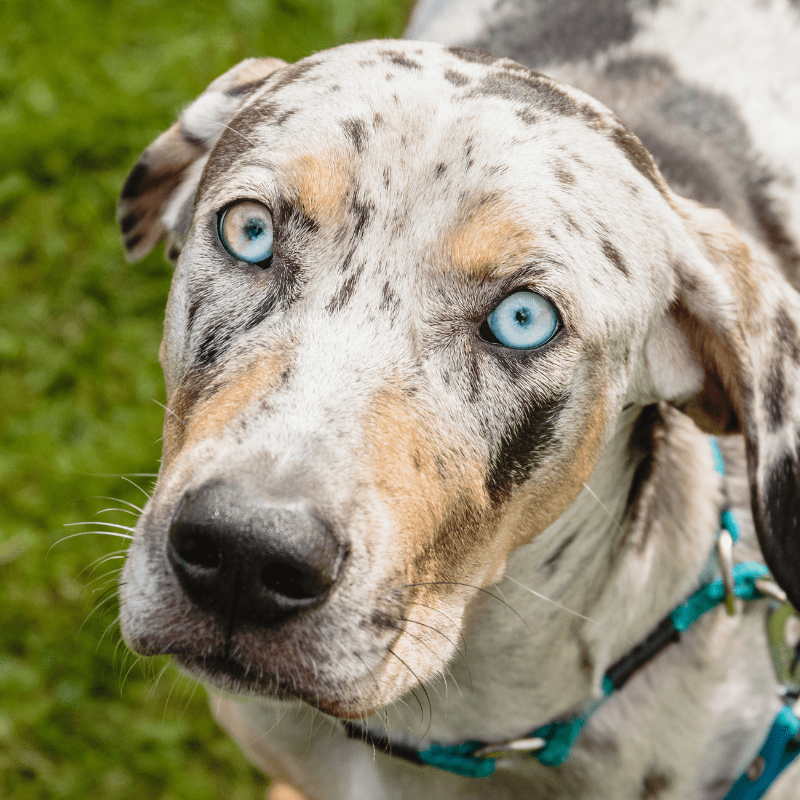
Dalmatian 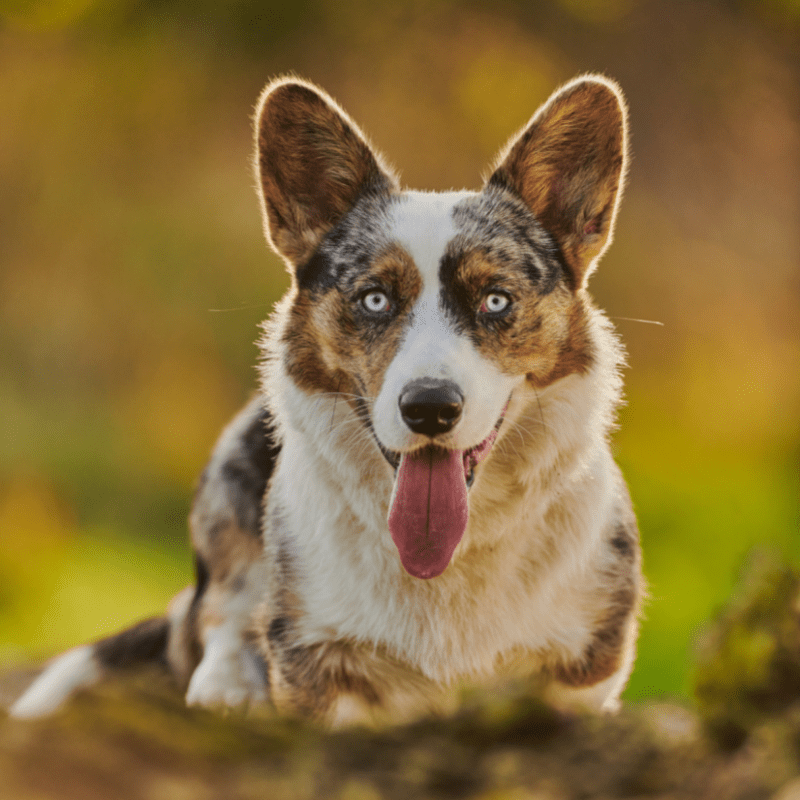
Cardigan Welsh Corgi 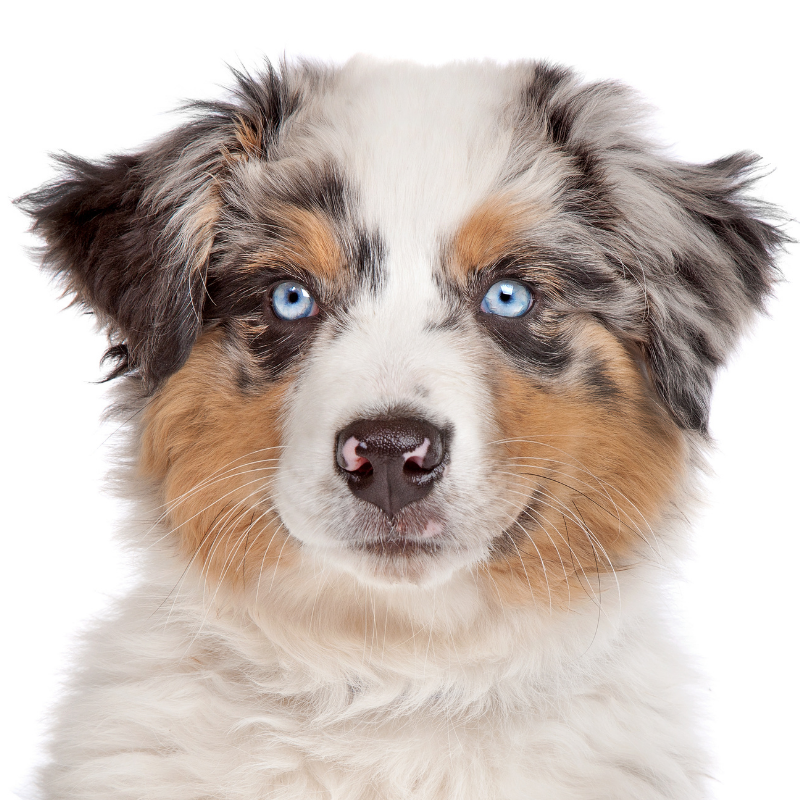
Australian Shepherd
Iris Atrophy
Senile iris atrophy is a general condition that occurs among almost all dogs due to the ageing process. That is why this condition is also denoted as senile iris atrophy. This type of eye problem is typically spotted in middle-aged to older dogs.
Senile Iris Atrophy Causes
The iris sphincter muscle deteriorates with age and leads to reduced ability to constrict the pupil. Decreased pupillary light reflexes manifest this despite normal vision.
Unlike primary iris atrophy, vision may be affected in these cases by an underlying disorder.
Primary Iris Atrophy Causes
Primary iris atrophy occurs due to chronic inflammation issues, like uveitis or glaucoma. Blunt or strong force ocular trauma can also lead to this issue.
Symptoms of Iris Atrophy
- A slight change in the shape of the pupil
- Anisocoria or uneven pupil size
- Change in the shape of the pupil
- Dilated or fixed pupils
- Dull eye colour
- Occurrence of black specs in the iris
- Sensitivity to bright light
- Thinning of iris
If you notice any of the above symptoms in your dog, you should consult with the veterinarian right away. The doctor may want to conduct some medical tests to determine an eye injury, infection, or other related issues.
Treatment
If the atrophy takes place due to ageing, then there is no treatment available. The reason is it is impossible to reverse the shrinking or weakening of the iris. While the shape of the eyes will change significantly, it will impact the dog’s eyesight in no way.
The secondary iris atrophy can be managed by treating the underlying problems. Most of the time, the secondary type of iris atrophy is caused by trauma, which requires surgical procedures or antibiotics to heal.
Healing Time
Primary atrophy is an age-related issue and can not be treated. It does not hold any harmful health implications, and it only requires continuous monitoring. The recovery time from the second type of atrophy depends entirely on the cause of the problem. However, the dogs who suffer from uveitis need to be continuously monitored.
Second Most Common Eye Colour
Apart from brown, amber is the second most common eye colour that dogs tend to have. Just like the brown eye colour, this one is also developed due to the melanin concentration. While amber can be counted as the variation of brown, it is rare. The dogs that carry liver or blue genes tend to develop amber eyes. Great Danes, Australian Cattle Dog, Bluetick Coonhounds, Havanese, Dachshunds, and Greyhounds are dog breeds that tend to develop amber eyes.
Amber eyes are the most common among these breeds
- Australian Shepherd
- Bluetick Coonhound
- Chesapeake Bay Retriever
- Dachshund
- Great Dane
- Greyhound
- Havanese
- Ibizan Hound
- Irish Water Spaniel
- Pharaoh Hound
- Rhodesian Ridgeback
- Sloughi
- Weimaraner
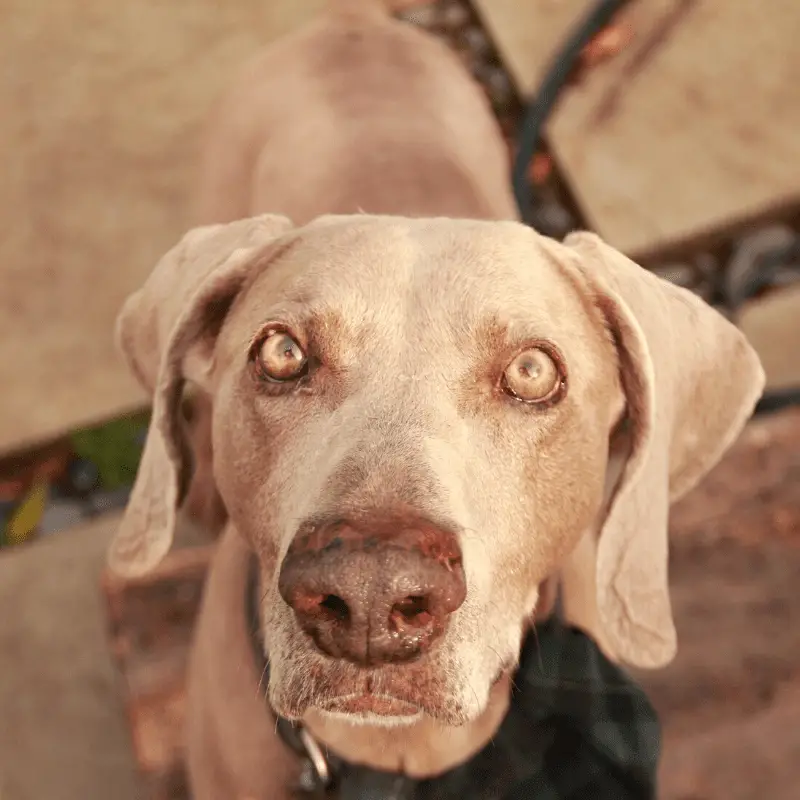
Weimaraner 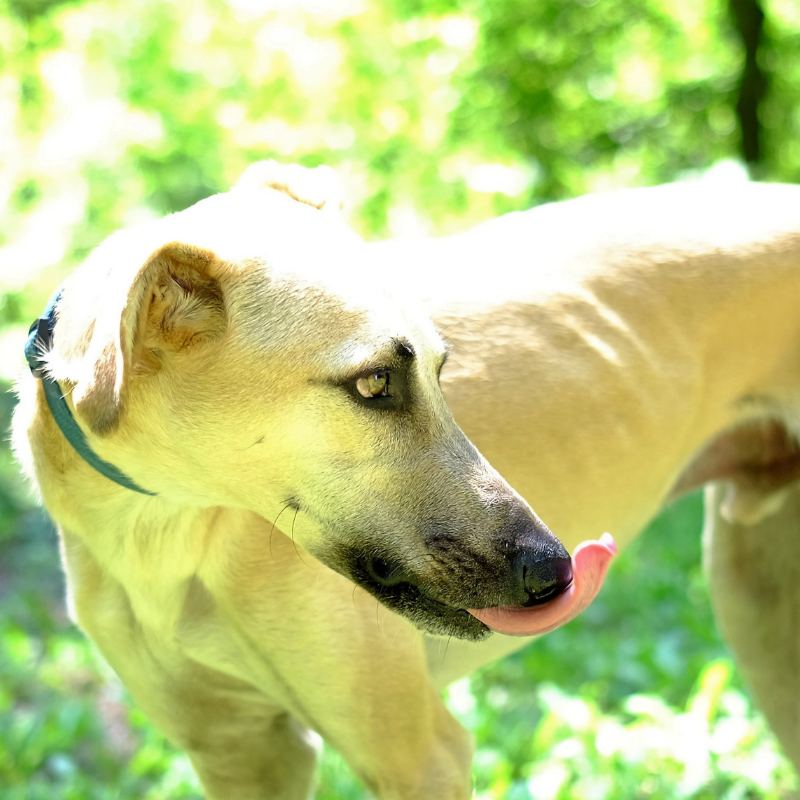
Sloughi 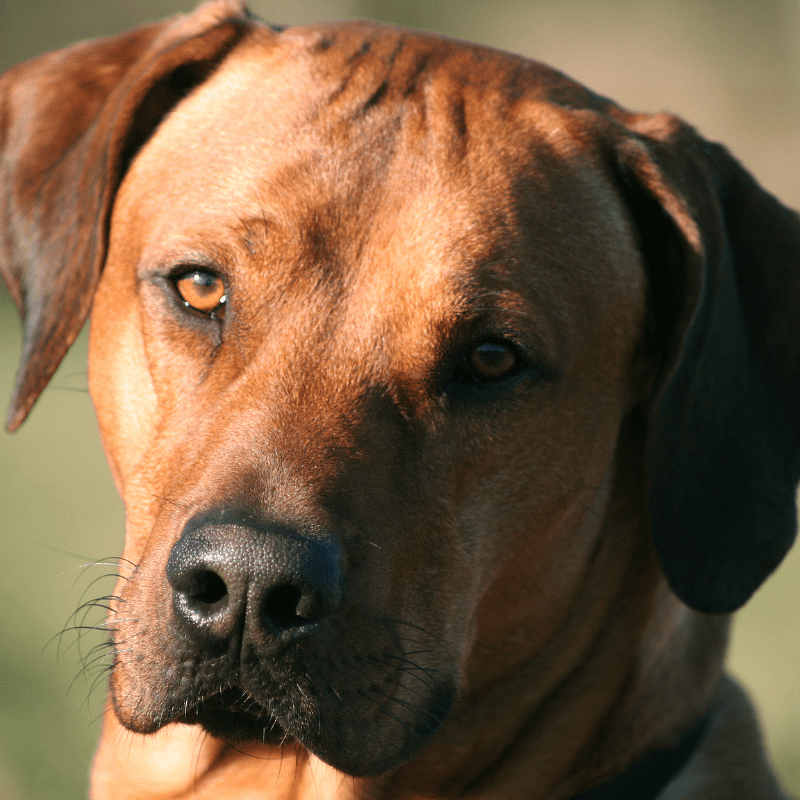
Rhodesian Ridgeback 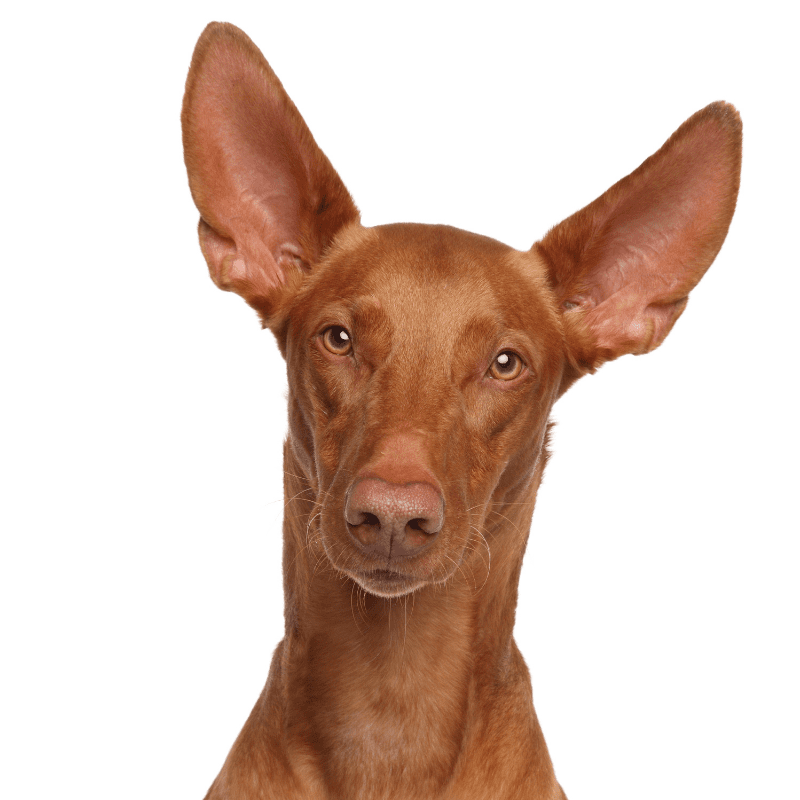
Pharaoh Hound 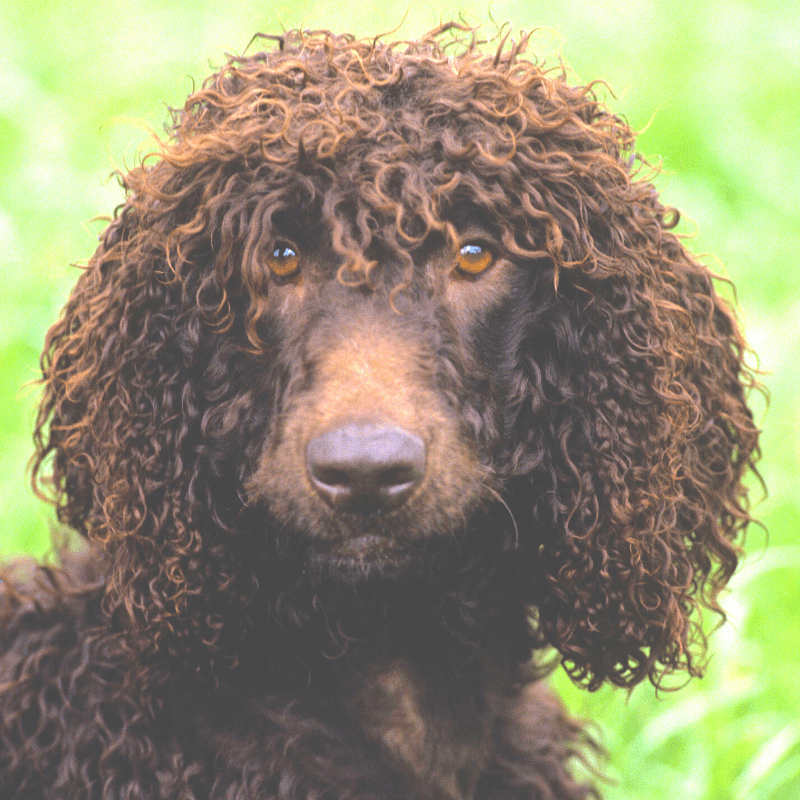
Irish Water Spaniel 
Ibizan Hound 
Havanese 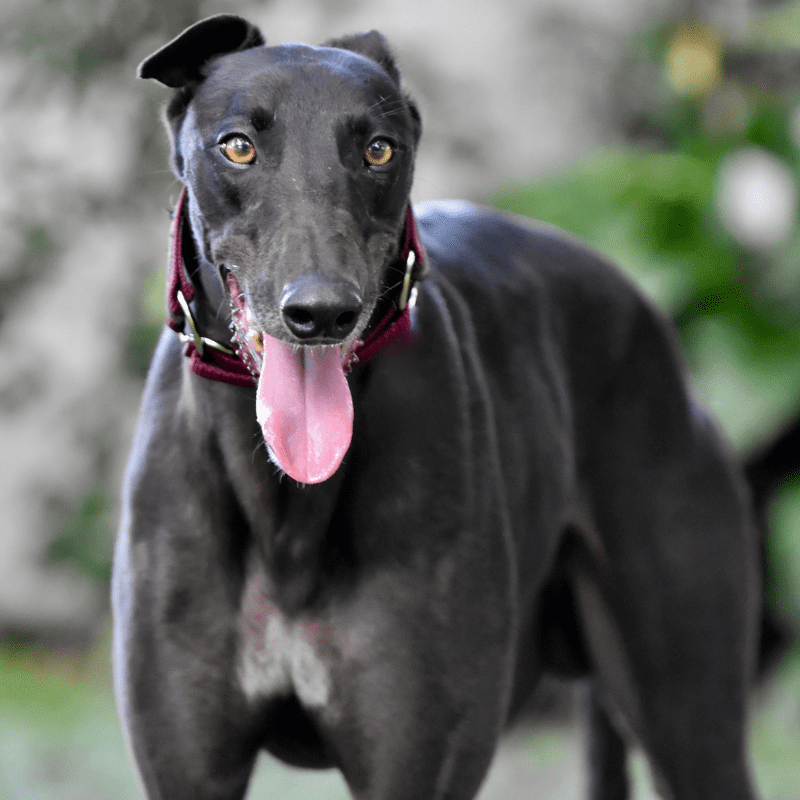
Greyhound 
Great Dane 
Dachshund 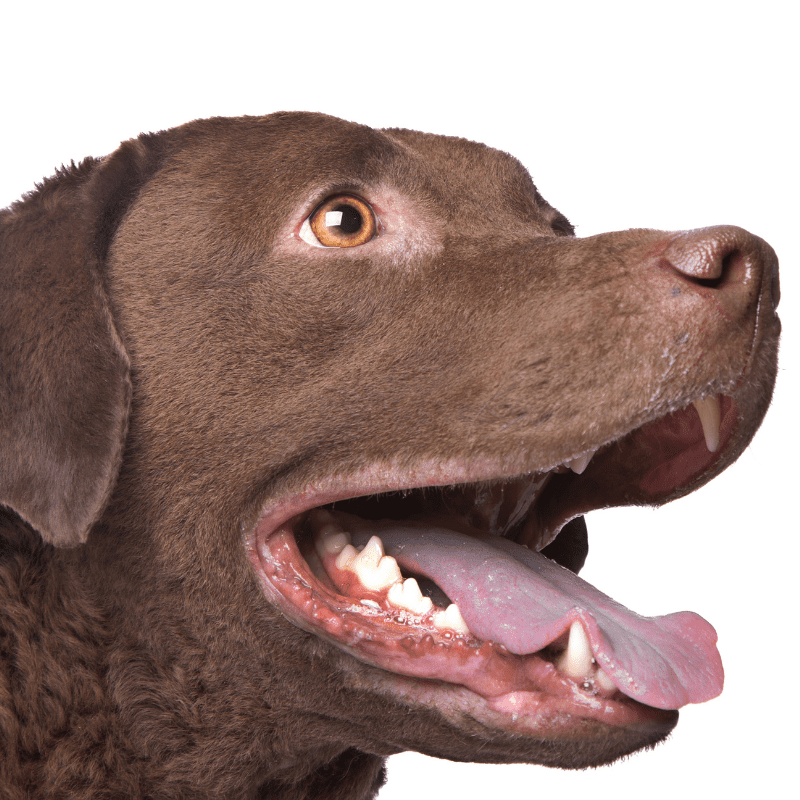
Chesapeake Bay Retriever 
Bluetick Coonhound 
Australian Shepherd
What is the rarest eye colour in dogs?
Dogs suffering from heterochromia have the rarest types of eye colour. In this case, a dog sports two different coloured eyes. This same condition can be found in cats, horses, and humans. While there is no doubt that genetics play a significant role in this condition, the actual reason for this condition to take place is still not apparent.
Some dog species showcase more leaning towards heterochromia. Huskies, Shetland sheepdogs, Dalmatians, Beagles, and Welsh Corgis. are more likely to develop heterochromia than the other breeds.
Heterochromia is most common among these breeds
- Australian Cattle Dog
- Australian Shepherd
- Border Collie
- Chihuahua
- Dalmatian
- Great Dane
- Shetland Sheepdog
- Siberian Husky
- Welsh Corgi
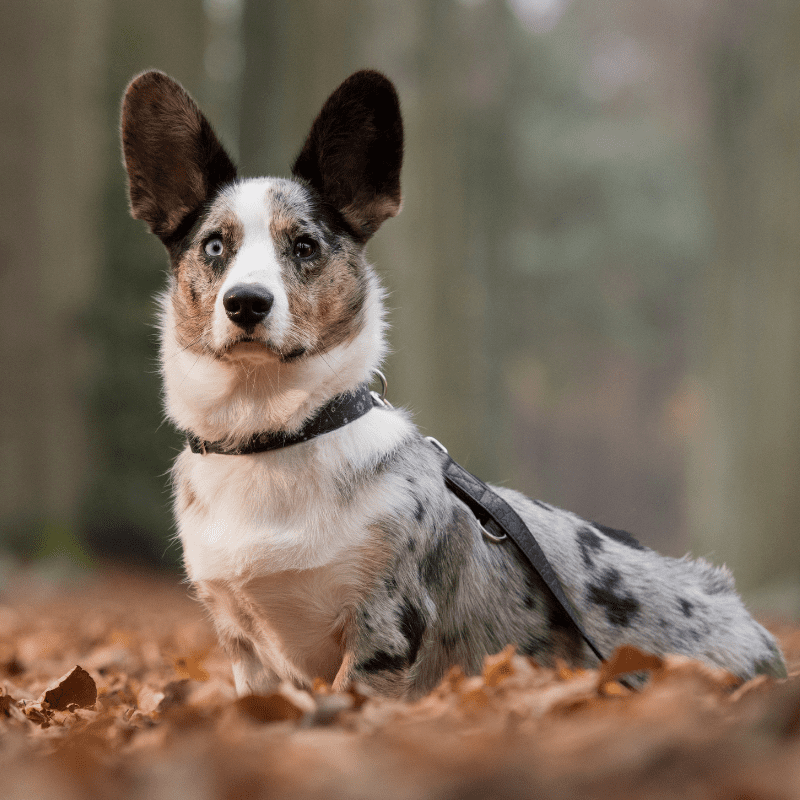
Welsh Corgi 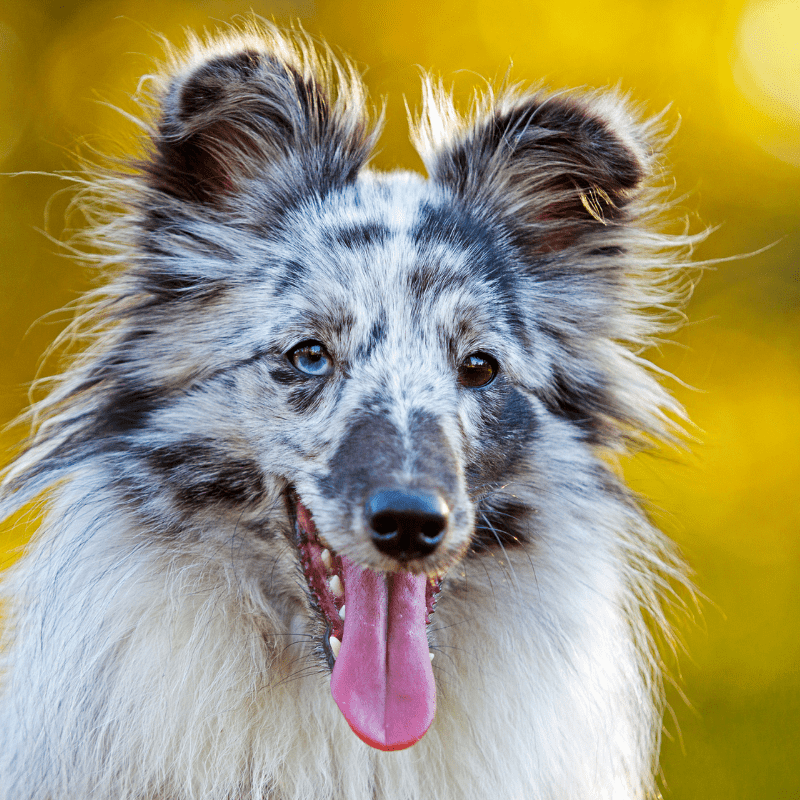
Shetland Sheepdog 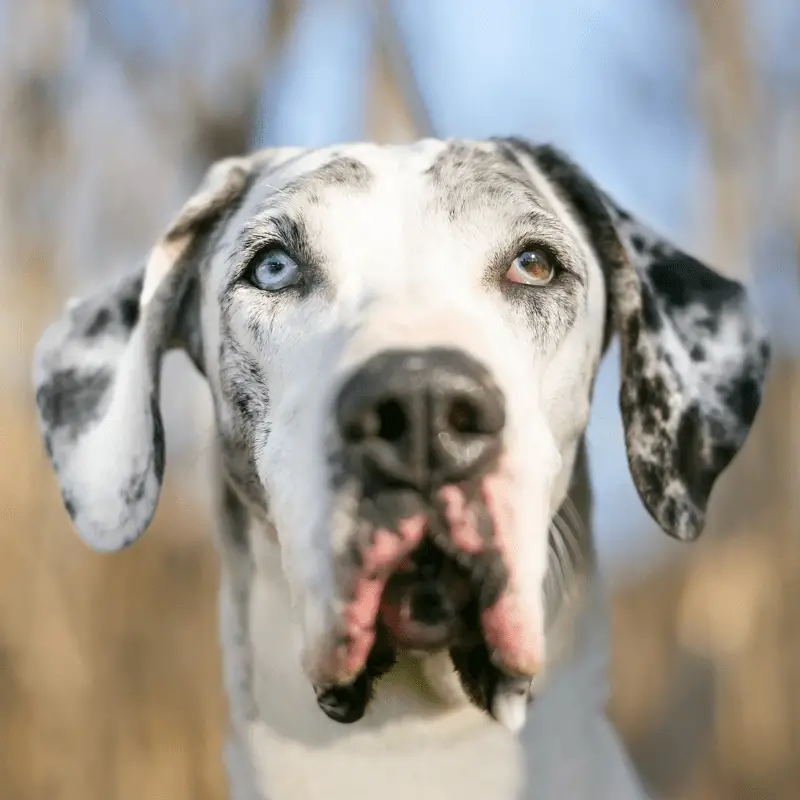
Great Dane 
Dalmatian 
Border Collie 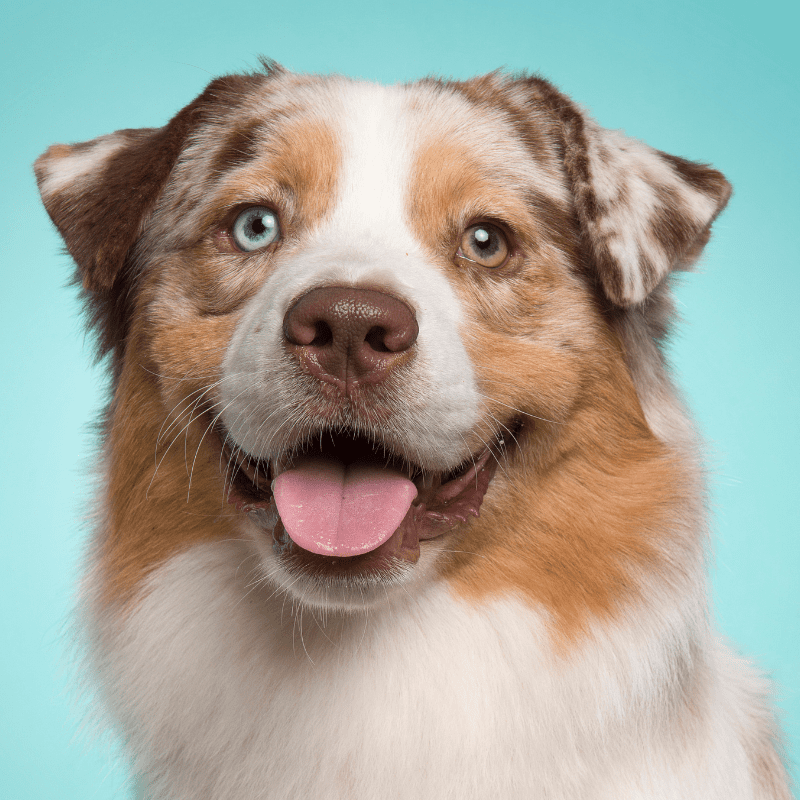
Australian Shepherd 
Australian Cattle Dog 
Chihuahua 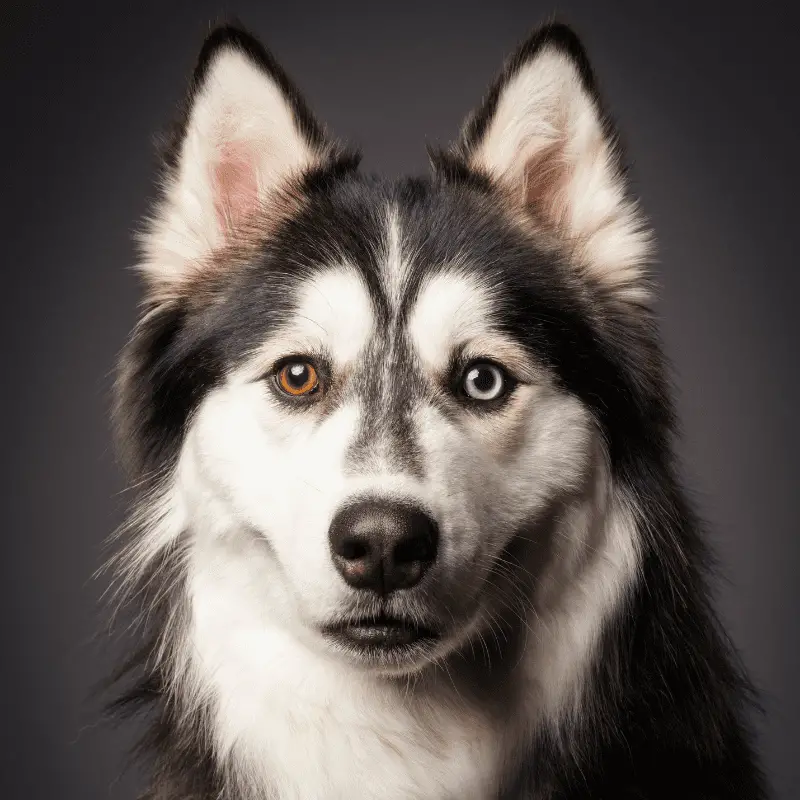
Siberian Husky
Conclusion
Hopefully, the above factors have helped you understand why your pet and most others have brown eyes. As you also know that the eye colours of dogs do not change suddenly without any reason. You can take proactive actions on the health front of your dog just by monitoring the eye colours. If you notice any unusual changes in their eye colours, make sure to consult a veterinarian about it.



